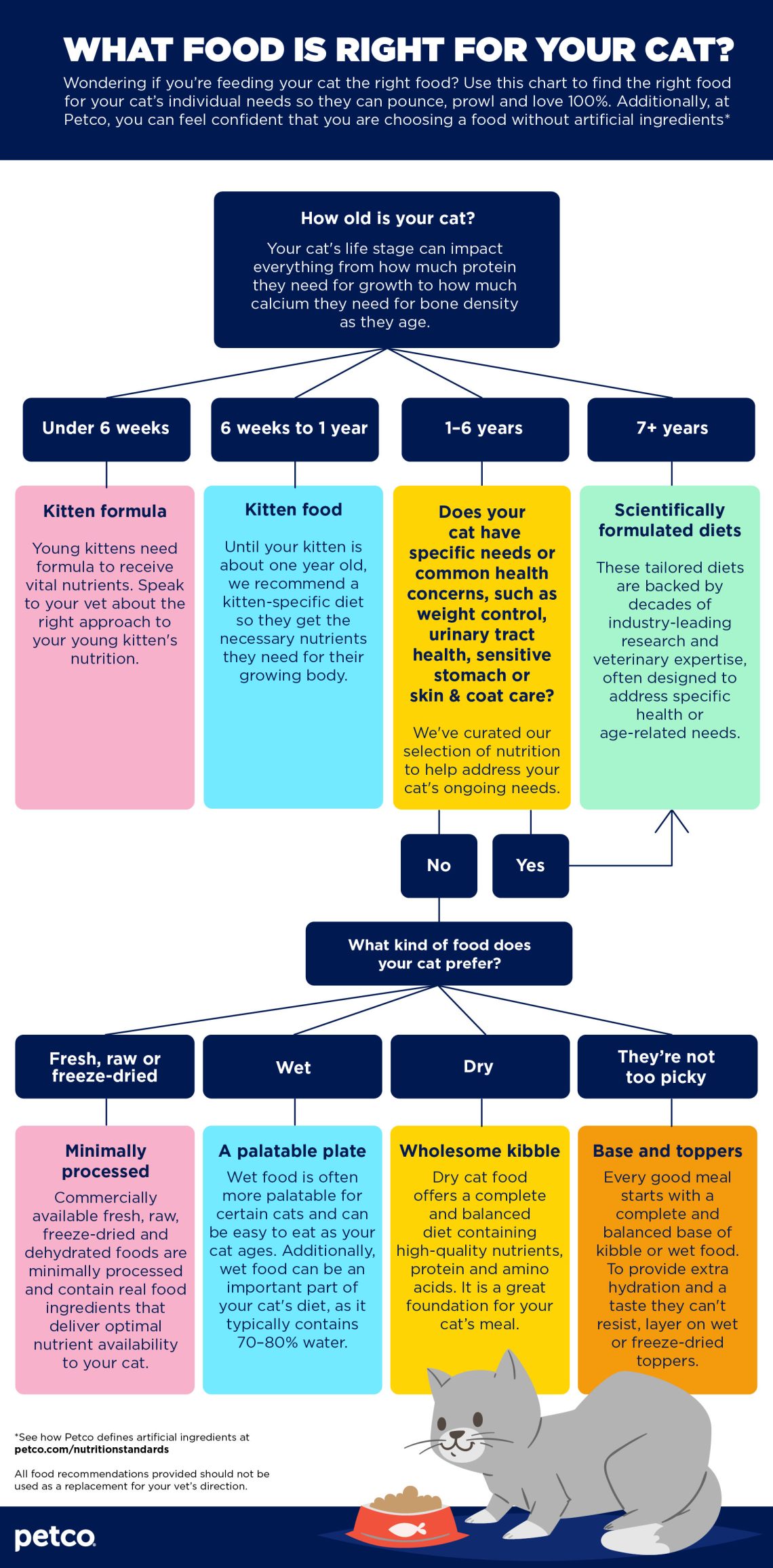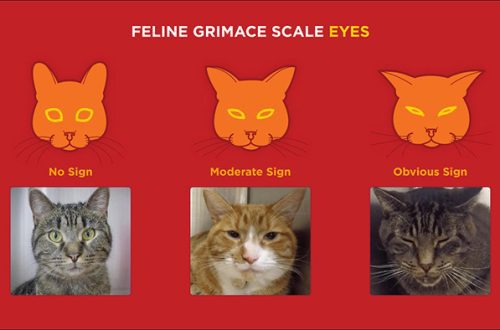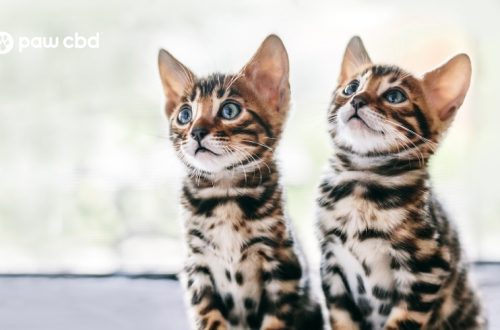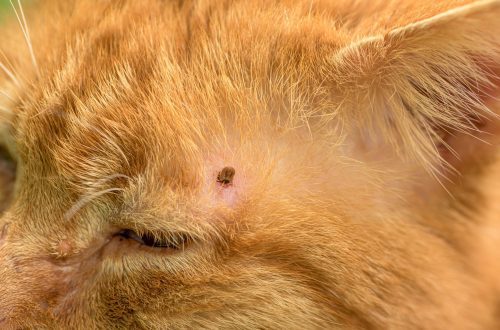
Ke koho ʻana i ka meaʻai popoki maikaʻi loa: ka mea e nānā ai
Making your cat happy is the task of any owner, the implementation of which begins with nutrition. Along with plenty of fresh, cool water, she needs a balanced cat food that is best suited for her respective stage of development. Feed should include proteins, carbohydrates, certain types of fats, and essential vitamins and minerals to help keep the animal active.
There are many healthy cat food options on the market. But how to choose a diet with such a large selection of products?
Meat versus meat flavors
The first step in determining the best cat food is to understand the ingredients. Remember that the ingredients are listed in descending order by weight, as noted by the PetMD portal, i.e. ingredients with the highest content are listed first.
At the same time, it is important to know that for products manufactured in the countries of the European Union, since 2020 the procedure for displaying the ingredient composition has changed in accordance with the new requirements of EU legislation and the European Feed Manufacturers Federation (FEDIAF).
In the past, when specifying the content of ingredients in dry form (eg chicken meal), the European Feed Industry Federation allowed the use of rehydration factors. Those. the content of these ingredients in the finished product was calculated on the basis of their fresh weight – and accordingly exceeded the percentage of flour content. Now the use of these coefficients is prohibited, so the actual levels of ingredients in dry form are indicated, which has led to a decrease in the percentage of meat ingredients in the composition, while their actual volume has not changed. It is important that this change applies only to feed produced in EU countries, which leads to a difference in the display of the composition in European and Russian products.
If a pet food product is labeled as having a single ingredient (such as “tuna”), the Association of American Feed Control Officials (AAFCO) requires it to contain at least 95% of that ingredient. . For products advertised as “containing tuna”, AAFCO requires that it contain at least 3% of such an ingredient. On the other hand, with “tuna flavor” means that the ingredient should be enough for the cat to feel it in the composition.
Once you start reading the labels carefully, you will notice the ingredients that are most commonly found in pet food. In particular, the following:
- Chicken, tuna, beef, corn, barley or wheat. Protein is important because it provides the necessary building blocks for muscles and helps produce the energy your cat needs.
- Wheat, corn, soybeans, barley and oats. In addition to protein, animals require carbohydrates for energy.
Accordingly, as in the case of food for our own consumption, it is also important in the case of animal feed to know where food ingredients are listed on the ingredient list and why. However, keep in mind that a key ingredient may be lower on the list due to its density, not quantity.
Vitamins
Along with proteins and carbohydrates, the best cat food contains the vitamins you need to keep your cat healthy:
- Vitamin A: for healthy skin, vision and the immune system.
- B vitamins: including biotin (B7), riboflavin (B2) or pyridoxine (B6), niacin (B3) and thiamine (B1) – to support a healthy nervous system and most vital organs. Thiamine is especially important for cats, which are prone to thiamine deficiency.
- Folic acid, or vitamin B9: A water-soluble vitamin that aids digestion and promotes healthy cell growth, which is especially important for kittens and pregnant cats.
- Vitamin B12: Helpful for proper cell growth (both blood cells and nerve cells).
- Vitamins C and E, antioxidants that are critical for the stability of your cat’s immune system.
Minerals
The minerals present in the best cat food are not significantly different from those that meet your own nutritional needs. These include:
- Calcium, which ensures the health of the bones, joints and teeth of the cat.
- Meat-derived phosphorus, which is absorbed by animals to promote healthy teeth and bones along with calcium.
- Iron is an element in mammalian cells that is a component of hemoglobin in red blood cells. These are the cells that carry oxygen from the lungs to the rest of the body.
- Magnesium is essential for all processes in the body, such as building strong bones, producing energy, and regulating blood pressure.
- Sodium, which also maintains normal blood pressure.
- Zinc, necessary for the formation of proteins in the body, as well as its DNA.
Healthy cat food includes these essential ingredients to ensure your pet has a balanced diet. Don’t forget that pet food ingredients are usually regulated by the food control authority of the country of origin, which is an extra help for pet owners.
Makahiki a me ke kaupaona
Animal nutritional needs change based on circumstances such as age and weight, so talk to your veterinarian to determine the best food option for your cat. If you have a kitten, you know how much energy he has. And a baby’s body changes a lot during the first year of his life: body weight will double or even triple during the first few weeks. It needs a lot of nutrients for a healthy life. They can be found in foods specially formulated for kittens, which include nutrients such as DHA (docosahexaenoic acid), found in fish oil, which is necessary for brain and vision development, and folic acid, which stimulates healthy cell growth.
Adults (XNUMX to XNUMX years old) and older cats (XNUMX years of age and older) should be fed according to their weight and activity level. Key ingredients may include calcium for bone and joint health, vitamins E and C for strengthen the immune system or plant oils containing omega fatty acids to keep the coat soft and smooth and the skin healthy. Work closely with your veterinarian to determine what type of food will benefit your furry friend, and keep in mind that older cats tend to gain weight as activity levels decrease.
Overweight in cats is, unfortunately, a fairly common problem. In the US, 50% of cats are overweight or obese. The Telegraph newspaper reports that one in four cats in the UK is obese, and this is not always associated with old age. Cats gain weight when they eat more food than they expend energy on physical activity. But before switching your cat’s diet to a diet formulated specifically for weight loss, check with your veterinarian to see if there’s an underlying cause for her weight gain, such as an illness or related health problem.
The first thing you should do to change your pet’s diet is to stop giving her treats. Cats aren’t very into dieting, as you probably know, but fortunately, there are foods that make it easier to switch to other foods that will affect their metabolism.
Ma hea wau e kūʻai ai
It’s no problem to find and buy cat food, but to make sure you’re giving your pet the best cat food, purchase it from a veterinarian or pet store that stocks a wide variety of products. Whatever your preference, it’s best to buy pet food from your veterinarian or a store and company you trust.
Whether you’re a novice cat owner or an experienced cat owner, you and your mustachioed friend will do well in choosing the best food for him to keep him healthy and active throughout his life.





